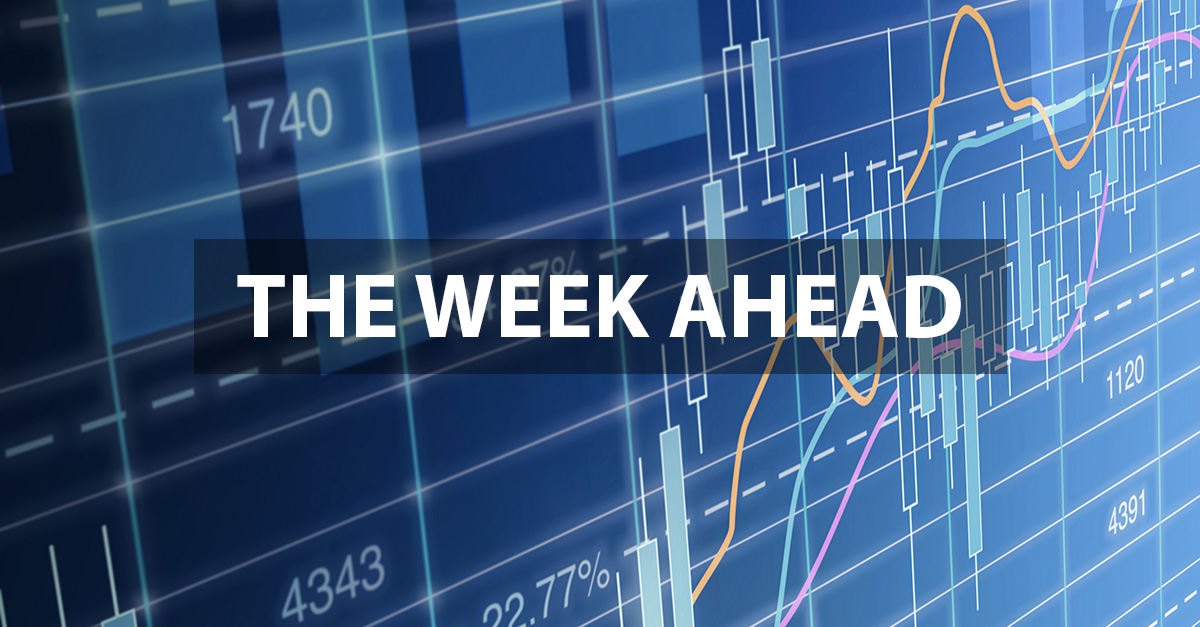Welcome to “The Week Ahead” where we take a moment to provide our thoughts on what we can expect in markets and the economy during the upcoming week.
When it came time to trade in my fifteen year-old car, I was able to take advantage of 0% financing. While I am normally conservative when it comes to debt, free money is… well, free. In reality, it’s even better than free when you think like an economist and consider the time value of money. Cheap money can actually generate return in the form of a declining loan value on an inflation adjusted basis. In other words, I get to pay back my loan with slightly less valuable dollars. With inflation at 2.7%, and rising, this could be meaningful. For example, my $34,000 loan with Volkswagen is only worth $32,388 after assuming an inflation rate of 2.7% for 60 months, saving more than $1,600.
With rates still low, corporations, consumers, and investors have taken advantage of extremely cheap money. These low rates have driven up asset prices (stocks, art, real estate, etc.), spurred business investment, and pushed business confidence to its highest levels in 45 years. As expected, last week the Federal Reserve raised interest rates for the eighth time as a way to tamp down the potential excesses in the U.S. economy.
This week we get a slew of new and interesting economic data. While all eyes will be on the payroll report this coming Friday, another interesting statistic comes in the form of Consumer Credit. Consumer debt has grown since 2012, and is poised to reach a new high by the end of the year. At last check, total consumer credit rose to $3.91 trillion for an annual growth rate of 5.1%. In the latest quarter, consumer spending jumped 3.8%, due in part to the Trump tax cuts. Stronger wage growth, seen in the August jobs report, also helped bolster spending. While it appears that consumers are still living well within their means at this point, it will be interesting to see how higher interest rates impact the consumers’ ability to service their debt. Lower rates helped reduce monthly payments. Now that rates are headed higher, adjustable rate mortgages and credit card payments may start rising as well.
“What can be added to the happiness of a man who is in health, out of debt, and has a clear conscience?” – Adam Smith
Data deck for September 29 – October 5:
|
Date |
Indicator |
Period |
|
Oct 1 |
Markit manufacturing PMI |
Sept. |
|
Oct 1 |
ISM manufacturing index |
Sept. |
|
Oct 1 |
Construction spending |
Aug. |
|
Oct 2 |
Motor vehicle sales |
Sept. |
|
Oct 3 |
ADP employment |
Sept. |
|
Oct 3 |
Markit services PMI |
Sept. |
|
Oct 3 |
ISM nonmanufacturing index |
Sept. |
|
Oct 4 |
Weekly jobless claims |
9/27 |
|
Oct 4 |
Factory orders |
Aug. |
|
Oct 5 |
Nonfarm payrolls |
Sept. |
|
Oct 5 |
Unemployment rate |
Sept. |
|
Oct 5 |
Average hourly earnings |
Sept. |
|
Oct 5 |
Trade deficit |
Aug. |
|
Oct 5 |
Consumer credit |
Aug. |



